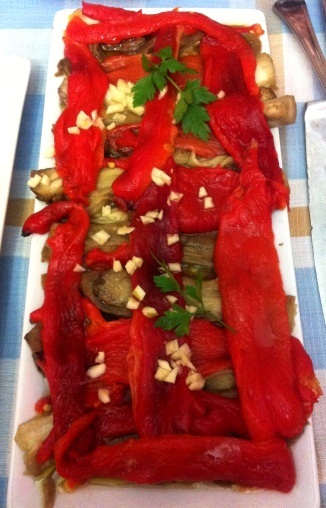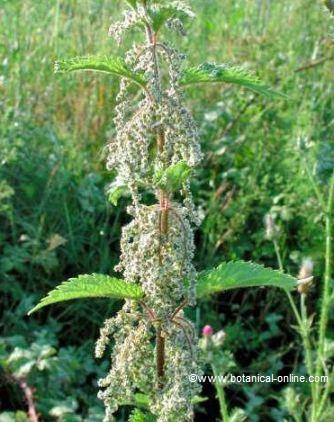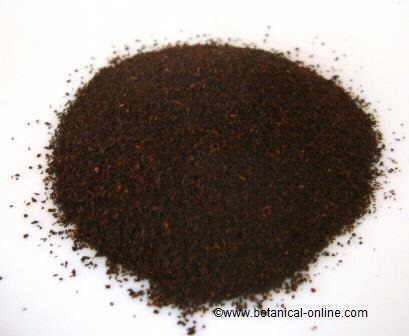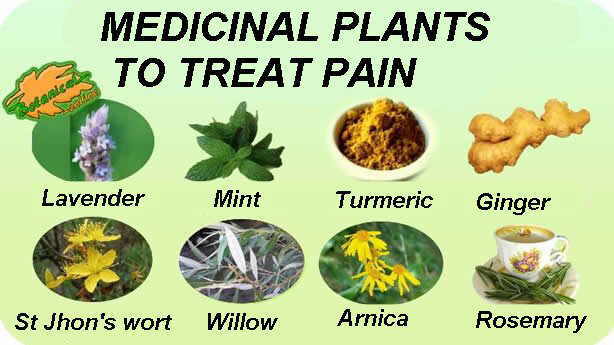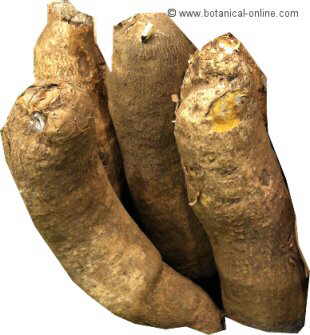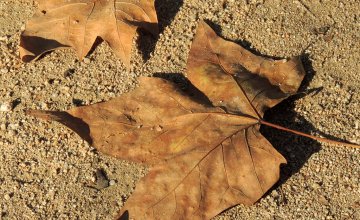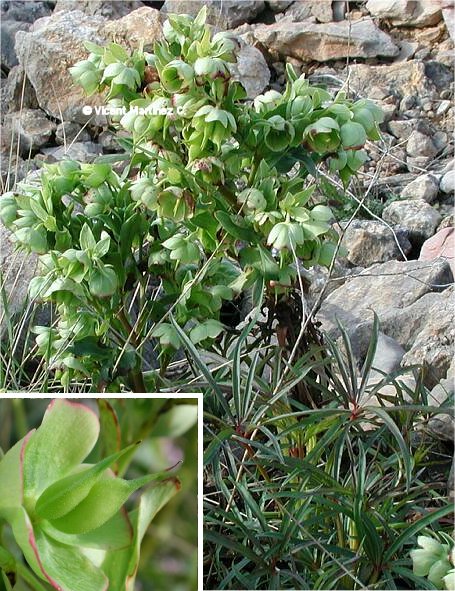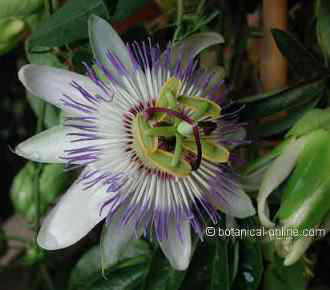Contents
Tips for drying medicinal herbs
Various techniques can be used in the process of drying medicinal plants or culinary herbs. The final objective of all of them is to reduce the moisture content of the plants, in order to reduce the microbiological risk, thus extending their conservation time. Without water, microbes cannot colonize. That is why drying preserves plants.
In addition, it is advisable to wash your hands before handling the plant, since it will be kept for a long time, and any contamination would result in mold.
Finally, any drying process requires low humidity conditions. Therefore, a ventilated and cool room will be of interest. For example, we will never put anything to dry in a kitchen, where vapors and higher temperatures are generated than in other rooms of the house. To avoid the loss of volatile compounds, it is advisable to avoid direct sunlight on the plants during their drying.
Techniques for drying medicinal or aromatic herbs
One of the most used methods is industrial drying, which can be done
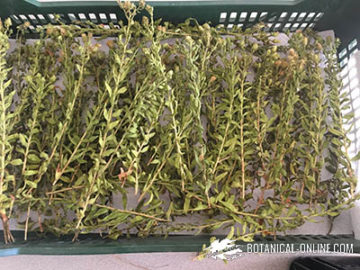
manually or mechanically:
- The manual process mainly requires the use of some structure that allows the herbs to be arranged on it so that they are not in contact with the ground, which would determine their poor quality and possible rottenness.This type of drying involves manually and frequently removing the material and adequately protecting it from environmental conditions (rain, humidity, wind, etc.). It is a cheap way of drying herbs but with parameters that are sometimes difficult to control that determine the quality of the final product
- The industrial process takes advantage of the use of suitable machinery to control the drying conditions and ensure that the final product has a higher quality and better sales possibilities. All this requires higher investments in the acquisition of the appropriate machinery. Basically, the industrial drying process of medicinal plants consists of the application of some heat source that manages to evaporate the water from the plants and accelerate their drying. This process can be done by applying hot air, microwaves or direct heat.
Home drying of medicinal plants
The homemade drying of medicinal or aromatic plants consists of the use of homemade techniques to achieve in a simpler and cheaper way that the plants lose moisture and can be stored for longer. Among the numerous possibilities we will mention the following:
- Manual drying carried out on a raised base: It consists of placing the herbs on a raised base above the ground that allows air circulation between the cut material. This type of drying is mainly used for those plants that have tender stems and leaves. For example: dandelion, chamomile, nettle, parsley, basil or lemon balm.
* Related information: How to collect and dry chamomile / How to preserve herbs
How to dry plants at home?
A simple and homemade way to do it is as described in the following process:
- If you are dealing with medicinal plants with broad leaves, it is convenient to separate the leaves from the stems and discard the latter. If it is about plants with narrow leaves, the plants are put together forming small bunches. Then they are loosely tied so that there is good ventilation inside the bunch.
- To promote ventilation, a piece of mesh with large holes is sought that is placed on top of a frame made of wooden slats. These slats will sit on four or six legs about 10 cm high, so that they raise the whole from the ground. If you have a metal grid, like the ones you use for the barbecue or for the kitchen, it can also be used.
- Once we have the support base for the dryer, we place a fine cloth, better if it is cotton or linen, on the rack. On this fabric, we will have the leaves. In the event that these are wide, we will place them flat on the fabric, separated from each other so that they allow air to circulate. The corsages will also be distributed on the fabric, leaving a space between them.
Once we have the support base of the dryer, we place a fine cloth, better if it is cotton or linen, on the grid. On this cloth, we will have the leaves. In the case that these are wide, we will place them flat on the cloth, separated from each other to let the air circulate. The bunches will also be distributed on the fabric, leaving a space of separation between them.
- Once arranged on the base, they should be stored in a dry and dark place at a temperature of around 24ºC.
- A good drying implies that every day, or every two days at least, for a period of 7 to 20 days, which is what it takes more or less to dry, they should be turned around. Once dried, they should be stored in the glass container and in the appropriate place.
- Manual drying carried out with the hanging technique: It consists of hanging the herbs tied with bunches. To do this, it can be done directly from the ceiling in which some spikes have been installed that will allow the thread to be placed. Another way to do it is to build some hangers with slats or canes suspended from the ceiling on which the bunches will be hung. It should be taken into account that a minimum distance of about 10 cm must be left between each bunch to favor air circulation. Unlike the previous method, this technique requires having a free room in the house that allows us to dedicate it to this purpose.
The best plants that allow this drying are the aromatic, medicinal and shrubby plants. All of them are provided with consistent stems that resist the passage of time, remaining rigid and holding the leaves well. Among all of them we can mention, for example, sage, rosemary, thyme or olive tree.
- Oven drying: Another very quick way to dry plants is to use the oven at home. For this we can choose to take advantage of the oven when it is a little hot. The temperature should not exceed 33ºC. To do this, we will wait for the oven to cool down until this temperature is reached. Then we will place the large leaves on the cooking grate or the bunches on it. The oven door should be kept ajar, leaving about 5 centimeters more or less of an opening. Some plants dry out very quickly in this way and may be dry the next morning or in a few hours.
What should be taken into account when drying herbs?
In the process of drying medicinal or aromatic herbs, it is necessary to take into account a series of considerations:
- The place should be sufficiently ventilated to help drying and prevent the appearance of fungi.
- The place should not be too cold or too warm. A temperature of around 24 ºC is ideal.
- The place should not be illuminated. Light alters the components.
- The place should not be windy. The wind dries the plants too much and volatilizes the aromas of the oils. This should be especially taken into account with the herbs that are going to be used in the kitchen.
- Herbs should be dried as quickly as possible after picking.
- Herbs should not be dried on sheets of books or newspapers to prevent them from absorbing ink.
- They should not be dried directly on the ground, whatever it is.
How long do herbs take to dry?
It depends on the type of herb and the method used. Drying can take from a few hours to three weeks.
In general, we can say that the leaves are already dried when they break easily when bending a little, which usually occurs in a period of 3 to 6 days in dry weather.
In the case of flowers, they are already dried when they acquire a soft and elastic texture like toilet paper, which usually happens in a period of about 4 to 8 days if the weather is warm.
![]() More information on aromatic herbs and spices
More information on aromatic herbs and spices

